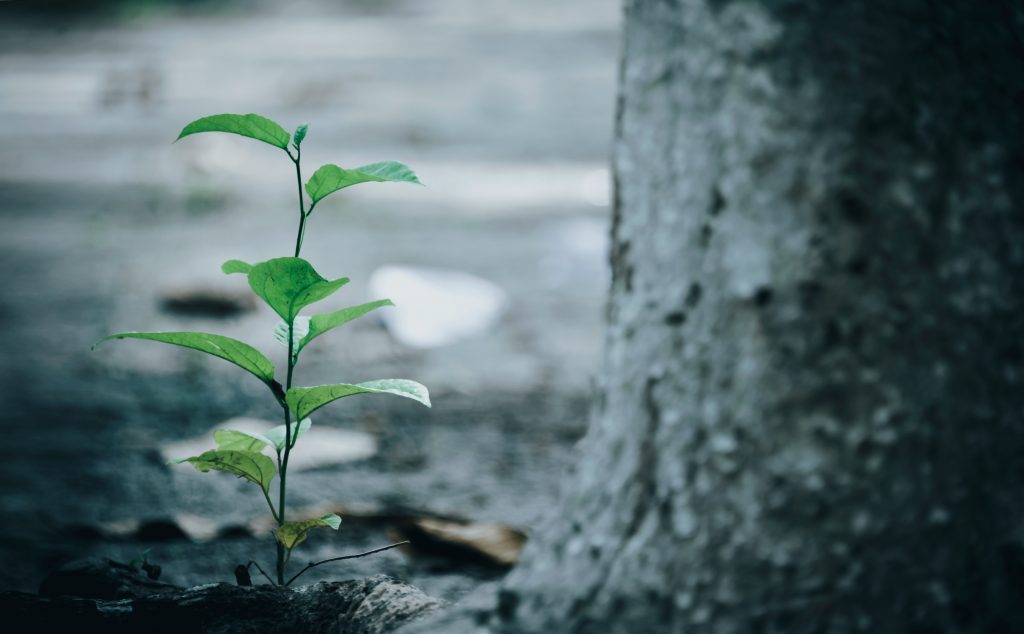
The story “The Replanted Tree” is designed in particular for children finding
it hard to come to terms with a new living situation after a house move
or adoption, or after their parents have divorced and the family has been
restructured. Once again, it is a good idea to refer to a minor injury in the
story in order to incorporate the problem which the listener is facing and its
predicted improvement without lending too much gravity to the story (and by
analogy to the way in which the patient handles the associated situation in his
or her life). The story can also be used for patients who are forced – for agerelated
or health- related reasons – to move out of their own house in order to
go and live with family or in a home, or adults with disabilities who are forced
to move away from their families and into sheltered accommodation.
One day a gardener was working in his garden when he found a small tree
right in the middle of some shady undergrowth. “A shadbush!” he cried.
“How on earth did that get here?” He would never have suspected that
such a beautiful and valuable tree could be found in such a dark location.
Perhaps the wind or a bird had carried its seeds there?
The gardener thought carefully about what he should do next. He
knew that it is sometimes diffi cult to move a plant to a different location,
but he also knew that his shadbush would never grow into a large, strong
and beautiful tree if it stayed here in the shade. So he decided to replant it
in a different location, where it would get enough sun and wind to thrive
and fl ourish. He took his spade and dug out a broad ring of soil around
the trunk of the tree before digging a hole in the ground where he wanted
the tree to grow and placing the shadbush there, root ball and all. He then
fi lled the hole back up with soil, added exactly the right amount of fertiliser,
and gave the plant a good watering.
When he looked at his tree the next day, he was dismayed to see that all
the leaves on it were drooping. He thought to himself that the tree’s roots
had probably extended a long way under the ground before it had been
dug up, and that it must have lost some of its tiniest hair- like roots. The
tree would need to conserve its energy to heal these injuries, but it should
be able to regrow its roots, and so the gardener decided to give his tree the
best possible care and simply be patient. He waited and gave the tree all
the time it needed, and soon the leaves had indeed regained their former
strength. After a few months the tree was a fi ne specimen, and after a few
years it had grown into a large and strong tree.
